Vintage automobiles. Architecture with Spanish and French undertones. More vintage automobiles. Caribbean colors – sometimes bright, sometimes pastel. Even more vintage automobiles. Cigars, rum, dominoes, the Buena Vista Social Club. Did I mention vintage automobiles?
As a photographer going on a cultural exchange program to Cuba, these were some of my visual expectations. And why not? I’d done my homework. I’d looked at plenty of web sites featuring pictures of Cuba. I’d been to other Caribbean islands and Central and South American countries. I’m familiar with the Latino culture. I’m also familiar with group tours, which are the current standard if you’re an American from the United States travelling to Cuba. Group tours include being hurried along, but at least I wasn’t with a whole bunch of other photographers all vying for the same subject and scaring away the wildlife.
I was not disappointed. For me, Cuba was photographic heaven, a subject around every corner, down every alley. I got plenty of pictures of vintage automobiles to add to my portfolio. I got plenty of pictures of beautiful façades with intricate iron work. I even got plenty of pictures of “posers” – people in various get-ups posing with cigars that are never lit. There are even people who dress up their dogs and pose with them. There was one guy who dressed up his donkey. The going rate for a picture of a poser is 1 CUC (a buck and change). Same goes for the human statues in Havana.
But all of that was expected. What wasn’t expected was the reception I got as an Americano. I don’t pretend to understand most of the things governments do nor do I even begin to think that I understand what life is like in Cuba, but the Cuban people I met were particularly open and inviting and willing to share some time with me, even if just for a few, brief moments. Let me introduce you to some of them…
Camaguey
On my very first day in Cuba, I visited the Casanova Pottery. This is a family business started over 30 years ago in Camagüey. Placidly potting away was the patriarch of the family, Señor Bernardo Valeriano Casanova Fuentes (I think I got the whole name). He had the exact same expression in every single picture I took of him. He was better than some of the human statues in Havana. And they weren’t making pots. He also had a love for bonsai and cacti. Everything real slow, except for the potter’s wheel. Both of his sons work with him, one as a potter and the other as a painter. They were much more animated and loved to talk about their work. They must take after their mother’s side of the family.
While also in the Camagüey area, I traveled to the Rancho King, a cattle ranch owned by the King Ranch of Texas until it was seized by the Cuban state in 1959. According to some popular travel websites, the ranch is becoming quite the tourist attraction. And rightly so. The experience provides an intimate view into rural Cuba along with a rodeo and a pig roast of sorts (the rice pudding was awesome). There was even a bed where Castro had slept. Our host, Vincente, had a flock of chickens that accompanied him as he regaled us with stories and jokes.
But enough about Vincente, he always gets the limelight. At some point, everyone who goes to the Rancho King goes to casa de Juana. It’s right across from the school. You can’t miss it. To help raise money for the school, Juana graciously invites you through her thatch-covered home and into her gardens where she serves cookies and fruit along with a little guarapo, the juice obtained by crushing sugar cane. You can even squeeze your own. Time to move on. Say bye-bye to Juana.
Sancti Spiritus
Sancti Spiritus looked like a really interesting place, and I took many pictures of the beautifully painted houses as we were whisked along the streets on our way to and from a paladar, the privately-owned, bright green restaurant where we had lunch. I was already straggling behind when I turned the corner and met the Birdman of Sancti Spiritus. As far as I could tell, he was out taking his birds for a walk. He wasn’t bringing them anywhere in particular. They were just out for a walk. Anyway, as soon as he saw me point my camera, he stopped, held the bird cage up, and smiled. Darn, I was going to be late for the bus. I wanted the picture to be mui natural, like when I first saw him just walking down the street. With a little coaxing, I got him to back up a little and start walking towards me again. He was a great sport, and a fast learner. By the third take, he had it down pat. I just love that pastel blue wall.
Trinidad was another picturesque city, lined with cobblestone streets. Our group stopped in Plaza Mayor, a lovely plaza surrounded by these bizarre green decorative protuberances. I don’t know what else to call them. I’m sure our guide explained exactly what they were and their historical significance and all that, but I’m going to keep you totally in the dark here because I’m not going to include a picture of these things even though I took some. What was more important, was what was across the street. Because across the street, sitting right there on the steps of the building across the street was an authentic, flesh-and-blood, cigar-smoking man. Not a poser, but a real-life, everyday type person actually smoking a cigar. He didn’t even seem like he wanted a CUC. He just seemed to be amused by our group. Or maybe he thought it was funny that I wasn’t paying attention and didn’t realize that my group had moved on.
Havana
One of my other photographic encounters with a real live cigar smoker was in a market in Havana. There was a group of people hanging around near one of the exits having a good laugh over one of the women lighting up a big fat stogie. I’m pretty fast with my camera, but she was faster. As soon as she saw me swing my lens in her direction, that stogie was out of sight and she was headed toward the street. She wasn’t a professional poser, but it was an opportunity that I couldn’t let pass by. I said the magic word. I certainly have no moral qualms against compensating people for their time and I surely couldn’t have found a more enthusiastic and animated amateur model.
Many of my interactions throughout Cuba were with the artist community – painters, potters, singers, dancers. In a country that has so many needs, I was surprised and delighted to see so much attention paid to the arts. One of the performances I attended was at a school for performing arts in Cienfuegos. The children were wonderful and I got some nice shots of a girl twirling her dress and a strapping young lad strutting his stuff with a hat and cane, but most of my memory card got dedicated to a woman sitting on the stairs behind the area where the children were singing and dancing. She sat there the entire time. Sometimes she looked out the window, where there were passersby who stopped to watch the performance. Sometimes she looked to her right, right into my lens. I got the impression that she was the mother of one of the kids who was singing and dancing. I don’t know exactly why I think that, but I went to a lot of my own kids’ performances.
In Cojimar, a small port to the east of Havana, I had the distinguished opportunity to have lunch with Osvaldo Conero, who in his younger days went fishing with Ernest Hemingway. Unfortunately, Osvaldo and the interpreter were seated at the far end of the table and not talking anywhere near loud enough for my failing hearing (so says my wife), so I took the time to get better acquainted with our bus driver, René, who was sitting next to me. After all, René had to keep waiting for me. And we go to the same barber. Kidding aside, the streets of most Cuban towns and big buses (it was a 6 speed Yutong) are not really compatible, and René did an admirable job piloting that behemoth along narrow streets filled with horse-drawn carts and bicitaxis (pedicabs), not to mention the vintage cars.
I did mention the vintage cars, didn’t I? René has two daughters. One is a teenager and the other just a nene. I would drive a tour bus too. Sitting even further away from me, was a young man who was also a fisherman, but never had the distinction of going fishing with Papa. The sun was shining, so I don’t know why he wasn’t out fishing, but there he was having lunch with us and something about him just made me want to take his picture. So, as everyone was getting ready to leave and taking pictures of all the people at their table, with the hostess, with the bartender, with the busboy, etc., I asked the young man to lean against this rusty old gas pump that was in the restaurant and say queso. Only in Cuba have I ever seen a rusty old gas pump in a restaurant. I never did get his name. I’ll just call him Jed.
Oh, and here’s a picture of Osvaldo. After all, he was the famous guy. But the gem of my stop in Cojimar, was a young boy, one of many children we encountered running along the seaside streets. The children were running, not us. This one kid had a particular swagger about him. You could just tell he wanted you to think he was tough. He wanted you to think he was cool, the big man on campus, or whatever the proper slang is these days. Like it would even be the same word in the US and on the streets of Cojimar. Only problem was that some tourist had given him a Tootsie Pop.
Back on the streets of old Havana, our bus had stopped at the large marketplace on the waterfront and everyone was busy shopping for “items of cultural significance.” No “souvenirs” for these international ambassadors of cultural interaction. Everyone was shopping that is, except for me. I took the time to wander the streets nearby where I met this woman collecting recyclables out of the waste receptacles. No, she wasn’t rummaging through the garbage cans. OK, she was rummaging through the garbage cans, but she was only intent on collecting empty plastic bottles. I led her over to our bus, where in a single pass down the aisle I tripled the size of her collection. In exchange, she was more than happy to let me take her picture, but she had her own concept of how to pose. Even a CUC on the side, wouldn’t change that. This was her one and only pose and this time I was the first one back to the bus.
My final portrait is of an elderly gentleman that I bumped into while walking through the busy streets of Sancti Spiritus. I literally bumped into him. Pardon. He seemed like a wizened old man, his hollowed eyes glazing over a long, hard life. I’m sure if you went there you could bump into him too. Maybe he’d be up for a game of dominoes.


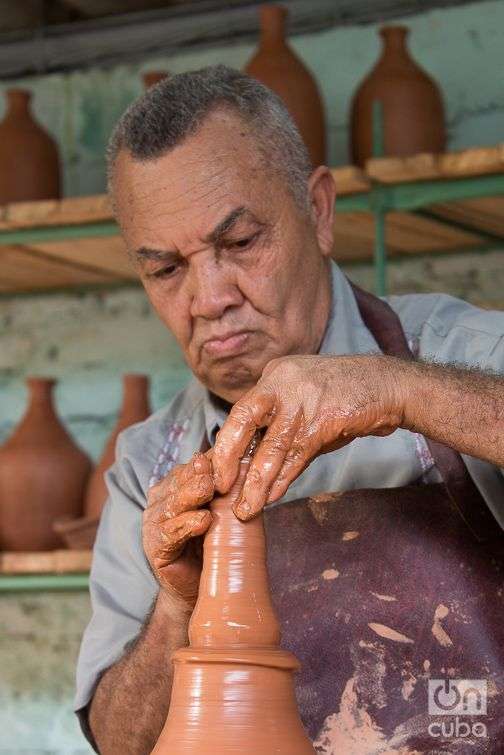




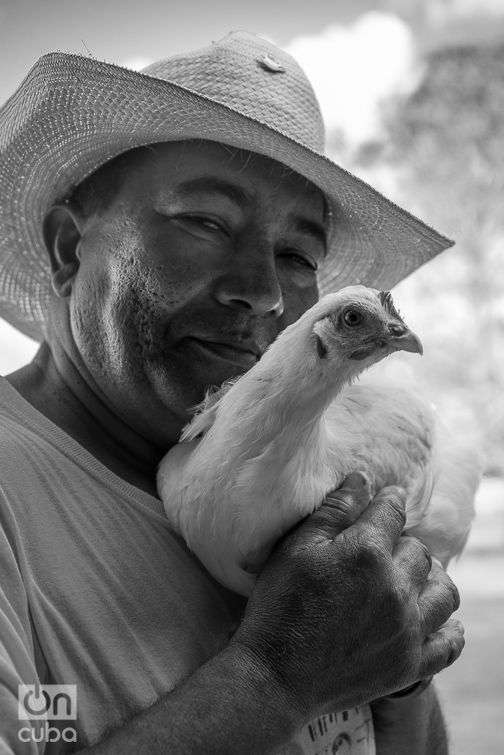
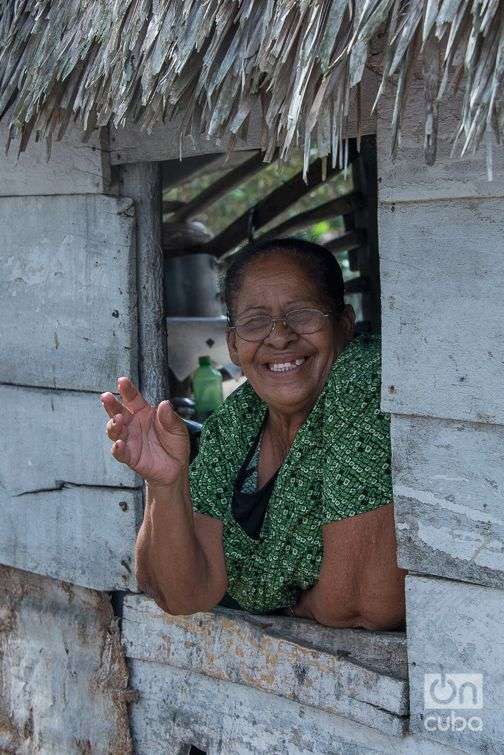
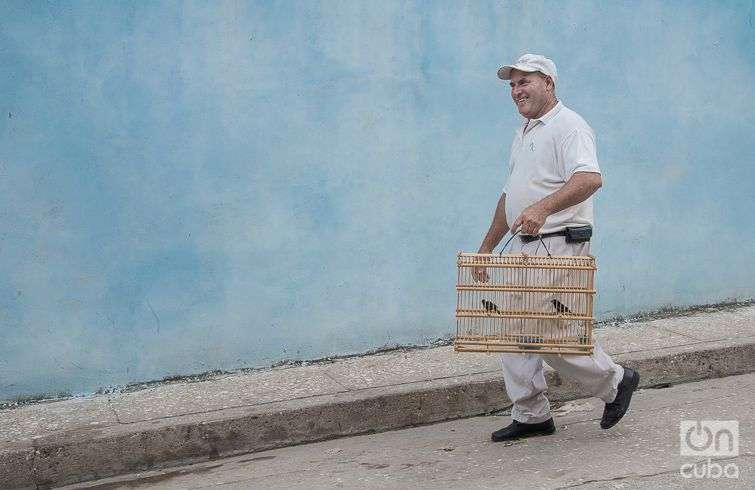
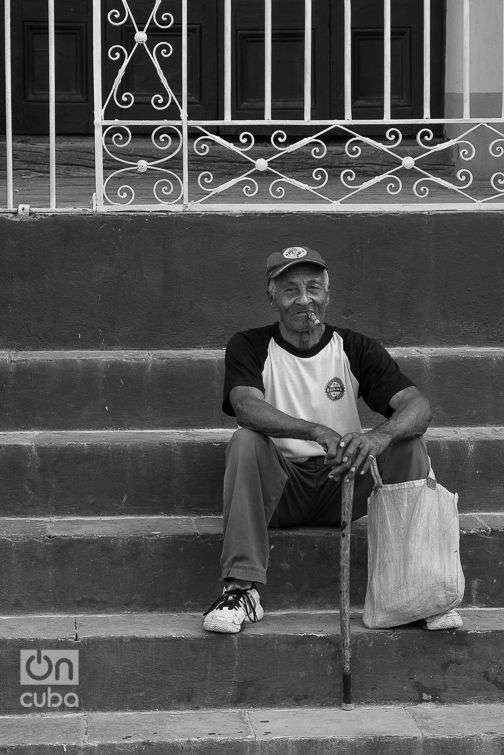

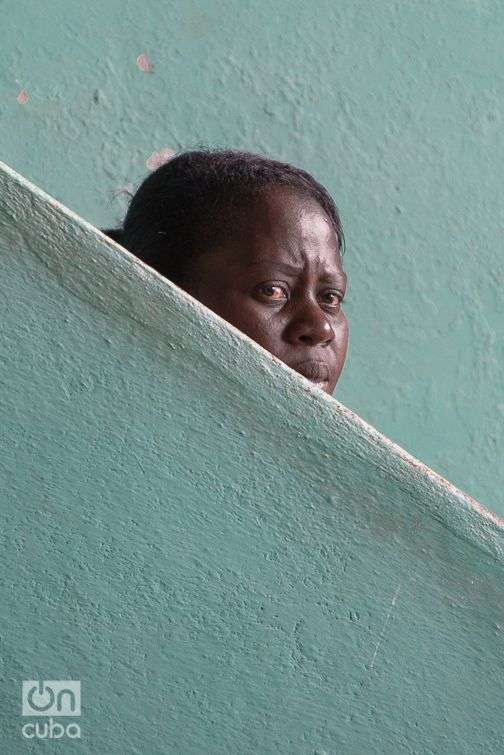
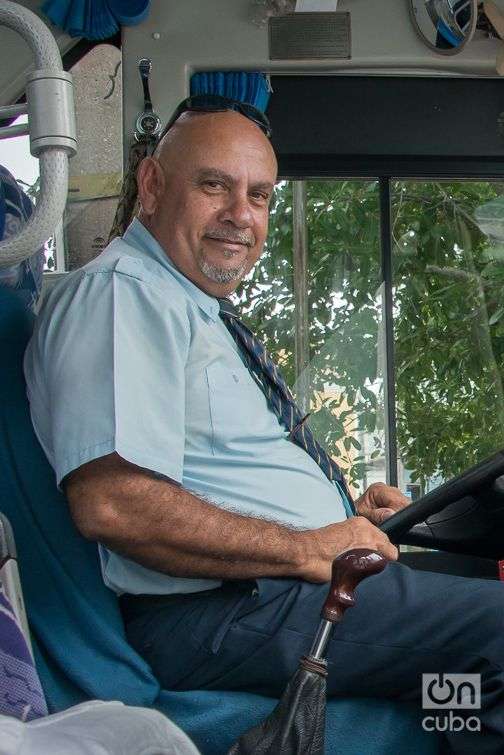
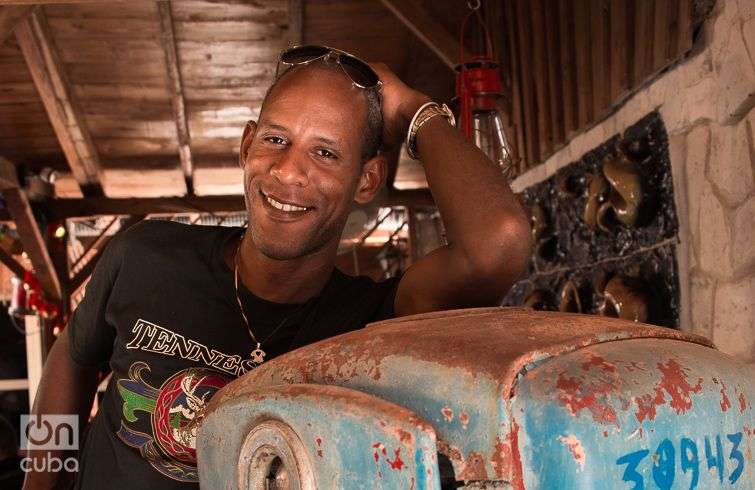
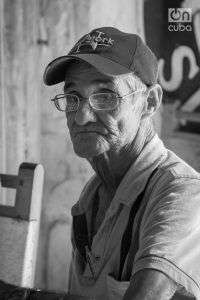
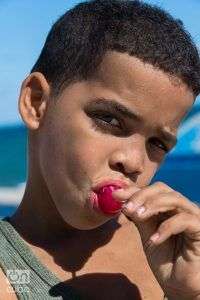
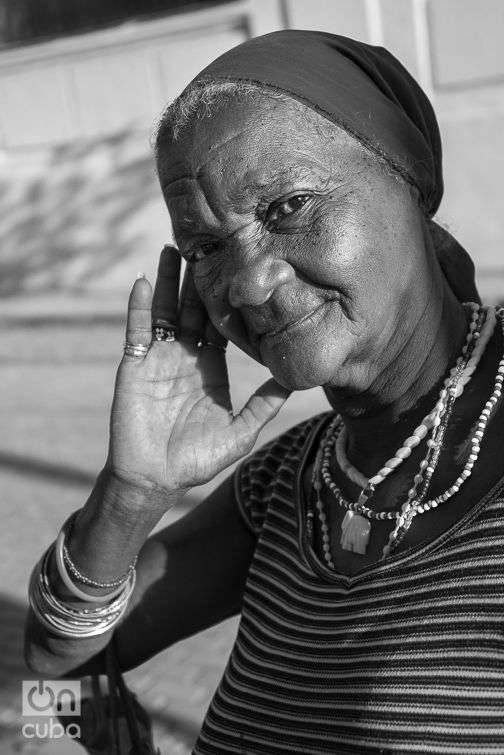
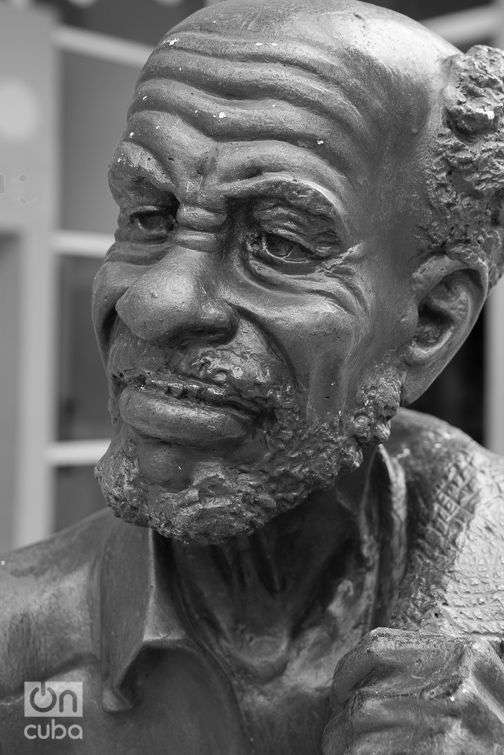



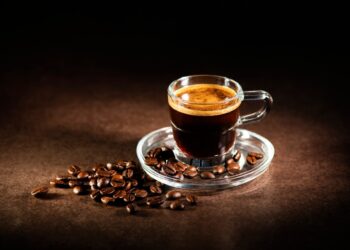

great shots. truly get a feel for the country and the peoples.
What a wonderful story and amazing photography!
Great photos, Dan, and wonderful captions! This is a keeper that greatly adds to my own memories and photos of the trip. Thanks so much for sharing it with me and the rest of our travel mates.
Some amazing shots there. Cuba’s been on my bucket list for so long…